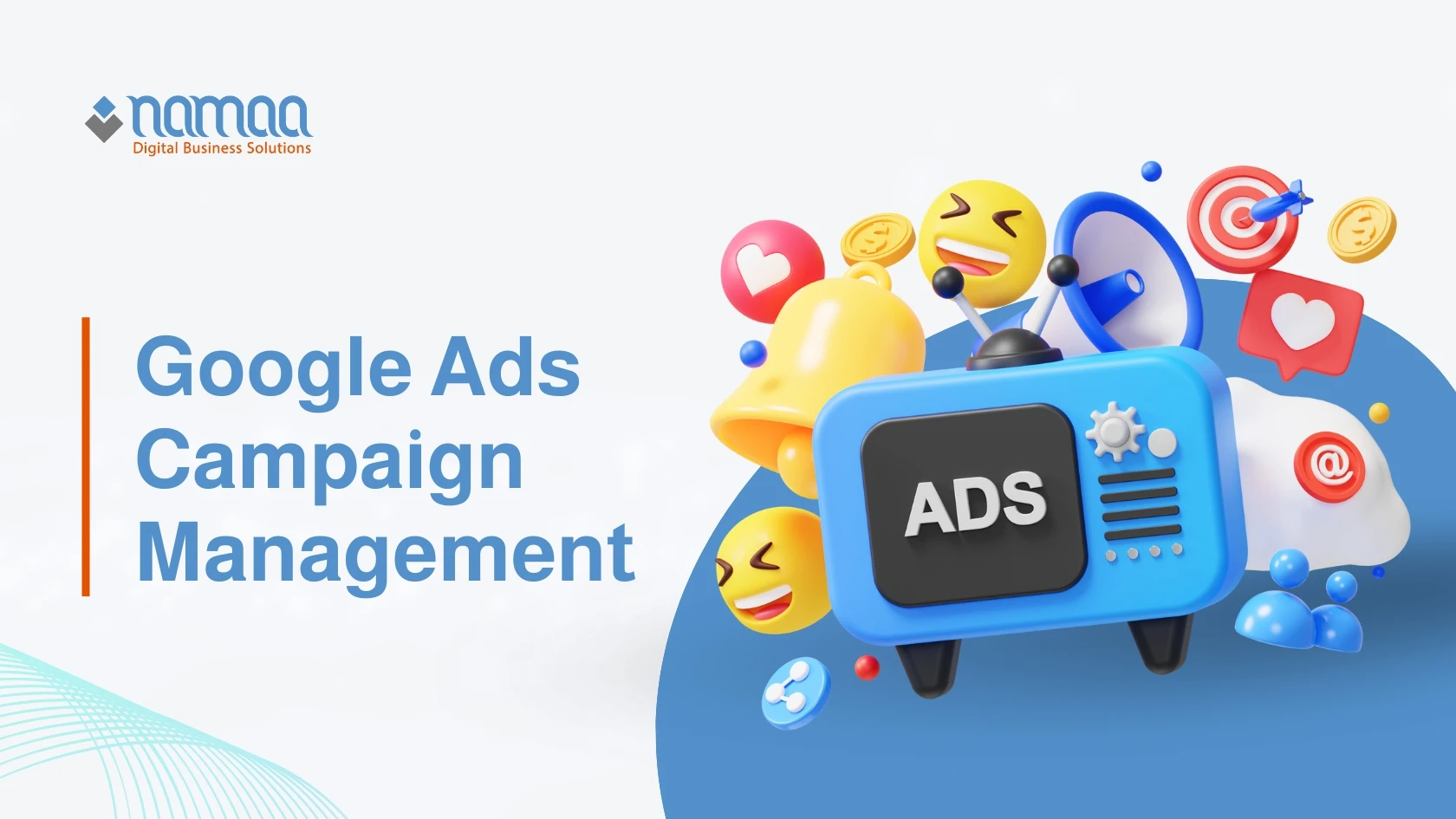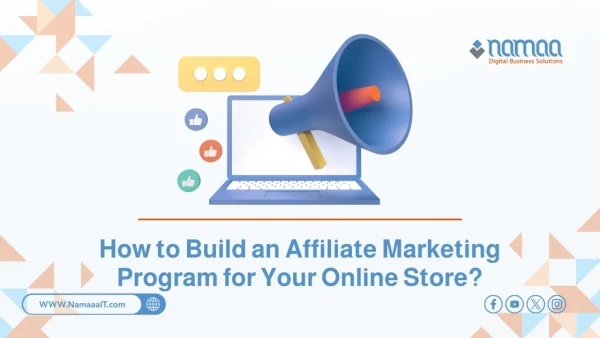Managing Google Ads Campaigns for Business Growth
Managing Google Ads campaigns is one of the most powerful digital tools that enable businesses to effectively reach their target audience and boost sales. By professionally managing Google Ads campaigns, companies can enhance their online visibility and attract more potential customers.
Google Ads allows businesses to design highly targeted ads, control budgets, and monitor performance to achieve optimal results. Additionally, Google Ads management provides the flexibility to quickly adapt to market changes, helping businesses stay ahead of the competition. By leveraging Google’s advanced tools, marketers can refine their advertising strategies and maximize their return on investment (ROI).
Google Ads Campaign Management
With the increasing competition in the digital advertising space, the ability to effectively manage campaigns and develop strong strategies is essential for success and maximizing advertising budgets. Below, we will explore how to professionally manage Google Ads campaigns—from planning and execution to performance analysis and optimization.
1. What is Google Ads and Why is it a Powerful Marketing Tool?
Google Ads is Google’s paid advertising platform that allows businesses to display ads in search results, partner websites, and multiple platforms like YouTube and Gmail. This system is based on the Pay-Per-Click (PPC) model, where advertisers pay only when users click on their ads.
Why Google Ads is a Powerful Marketing Tool:
✅ Precise Targeting: Advanced audience segmentation based on keywords, location, demographics, and interests.
✅ Instant Results: Unlike SEO, Google Ads delivers immediate traffic and sales.
✅ Performance Analysis: Built-in tools like Google Analytics help marketers measure and improve campaign effectiveness.
✅ Budget Control: Flexible budgeting to optimize spending and improve ROI.
2. Steps for Setting Up and Managing Successful Google Ads Campaigns
Defining Marketing Goals
Before launching any campaign, businesses must clearly define their advertising objectives, such as:
- Increasing website traffic
- Driving direct sales
- Generating leads (potential customers)
- Boosting brand awareness
Campaign settings and ad strategy will vary depending on the selected objective.
Learn about: Improve Your Website’s Google Ranking
Keyword Research for Better Targeting
Keywords are the foundation of any successful Google Ads campaign. Using tools like Google Keyword Planner, businesses can identify high-traffic, relevant keywords. A balanced mix of high, medium, and low competition keywords helps achieve cost-effective results.
Choosing the Right Campaign Type
Google Ads offers multiple campaign formats, including:
- Search Network Ads: Appear in Google search results for targeted keywords.
- Display Network Ads: Shown across Google’s partner websites.
- YouTube Ads: Promote video content across YouTube.
- Shopping Ads: Display product details (image & price) in search results.
- App Campaigns: Drive app installations and engagement.
Selecting the right campaign type depends on business goals and target audience.
3. Optimizing Google Ads Performance for Maximum ROI
Enhancing Ad Copy for Higher Click-Through Rates (CTR)
To ensure maximum engagement, ad copy should be compelling and relevant to user intent.
? Tips for Writing Effective Google Ads:
✔ Use keywords in the headline and description to improve ad relevance.
✔ Include a clear Call-To-Action (CTA) such as “Get Your Offer Now” or “Sign Up for Free”.
✔ Conduct A/B testing to compare different ad versions and optimize performance.
Optimizing Landing Pages for Higher Conversions
The success of a Google Ads campaign doesn’t just depend on the ad itself but also on the landing page experience.
✅ Key Features of High-Converting Landing Pages:
- Simple, user-friendly design
- Clear, concise messaging
- Strong CTA buttons (e.g., "Buy Now" or "Get a Free Quote")
- Fast loading speed and mobile responsiveness
Leveraging Ad Extensions for Better Engagement
Google Ads offers multiple ad extensions that enhance visibility and engagement:
✔ Call Extensions: Allow users to call the business directly.
✔ Location Extensions: Display business addresses to attract local customers.
✔ Price Extensions: Showcase product/service prices within the ad.
✔ Lead Form Extensions: Collect customer details without leaving the search page.
Using these extensions can increase CTR and campaign effectiveness.
4. Analyzing Campaign Data for Continuous Improvement
Monitoring Key Performance Metrics
Google Ads provides detailed performance reports that help businesses refine their strategies.
? Important Google Ads Metrics to Track:
? Click-Through Rate (CTR): Measures the percentage of users who clicked on the ad.
? Conversion Rate: Tracks how many visitors completed a desired action (purchase, signup, etc.).
? Cost Per Acquisition (CPA): Determines the cost of acquiring a new customer.
? Quality Score: Google’s evaluation of ad relevance, keywords, and landing page experience.
Optimizing Ads Based on Performance Data
To improve results, businesses should:
✔ Pause underperforming ads and reallocate budgets to higher-performing ones.
✔ Test new keywords to expand reach.
✔ Adjust bidding strategies for cost optimization.
✔ Refine audience targeting based on user behavior and interests.
5. Common Mistakes to Avoid in Google Ads Campaigns
Even though Google Ads is a powerful tool, certain mistakes can reduce effectiveness and lead to wasted ad spend:
❌ Not Using Negative Keywords: Results in ads showing to irrelevant users.
❌ Ignoring Landing Page Optimization: Can lead to low conversion rates even with good ads.
❌ Not Running A/B Tests: Prevents discovering the most effective ad variations.
❌ Failing to Analyze Data: Leads to budget waste on ineffective campaigns.
Effective Google Ads management requires continuous analysis and adjustments to maximize ROI. Whether you're a startup or an established brand, a well-structured strategy will give you a competitive edge in the digital market.
Google Ads Campaign Goals – Key Statistics
✅ Increased Visibility: 90% of internet users see Google Ads.
✅ Higher CTR: Average search ad CTR is 3.17%.
✅ Strong ROI: Advertisers earn $2 for every $1 spent on Google Ads.
✅ Advanced Targeting: Google offers 5,000+ audience segmentation options.
✅ Boosted Conversions: Retargeting campaigns can increase conversions by 70%.
✅ Lower Costs: Optimizing ad quality can reduce CPC by 50%.
✅ Enhanced Brand Awareness: Google Ads boosts brand awareness by 80%.




.webp)
.webp)


